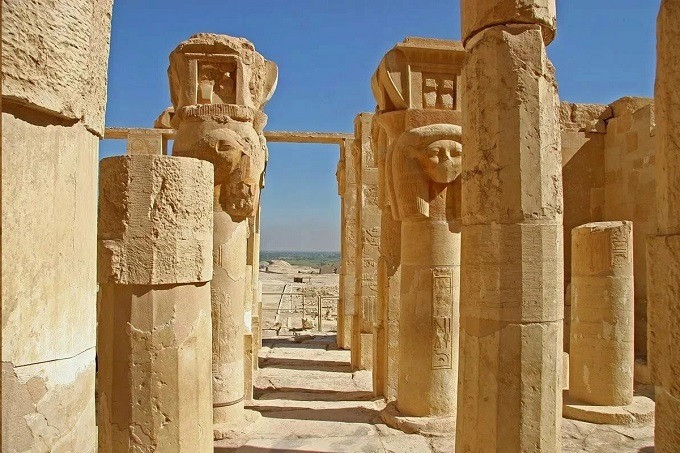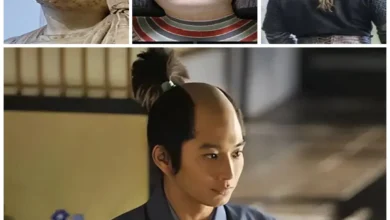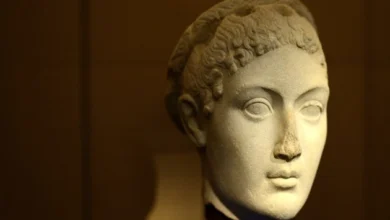Deir el-Bahri – the temple of the woman who became Pharaoh

No woman before her, and no woman after her, could expect to rule alone since the very title of Pharaoh always included the meaning of “Son of Amon-Ra.” Deir el Bahri was built as a memorial temple for Hatshepsut, and its main goal was to exalt the monarch as well as serve as a location for her royal cult. As a result, Deir el Bahri demonstrates types of legitimization not seen in governmental temples.
Hatshepsut’s Mortuary Temple was formerly known as Djeser-Djeseru, or the Holy of Holies. Like those of other magnificent Egyptian buildings, the temple’s goal was to pay honor to the Gods and commemorate the builder’s illustrious rule. The temple was started in 1479 BCE and took around 15 years to finish.
Facts about the temple of the woman who became Pharaoh
Fact #1: There was only one woman who managed to become a ruler of one of the great powers of antiquity. Her name was Hatshepsut.
Fact #2: Her life and deeds are glorified by means of illustrations, which decorate the Egyptian temple Deir el-Bahri. The most amazing thing is that in appearance, the temple does not look ancient, it is quite consistent with modern design, while being a unique architectural structure.
Fact #3: Hatshepsut ruled from 1525 to 1503 B.C. The woman became queen after defeating her own husband, which was Thutmose III. The queen not only became the ruler, she adopted the male name Makara-Hnum-Amon and changed her female attire to that of a man. In addition, the attribute of pharaohs – a gold case for the beard, it also was not ignored.
Fact #4: The temple in honor of the ruler was built on the bank of the river Nile. In terms of architecture and engineering, this construction is unique and surprising. The temple, carved directly into the limestone rocks, included three spacious terraces that were arranged one after the other. The gardens were filled with rare trees that were imported from hot countries. Inside, the temple was decorated with a variety of luxurious wares. There were 240 sculptures of Hatshepsut in the temple, most of them in the form of sphinxes. The structure had artificial ponds in which the river fish lived. The temple dedicated to the woman pharaoh was dazzling and astonishing in its beauty.

Fact #5: Stories depicting sea voyages were of particular interest. One could make out not just drawings of ships or gear but even determine what kind of fish were depicted. They were all inhabitants of the Red Sea.
Fact #6: Hatshepsut reigned alone for 20 years. In later years she shared power with her husband. Only after the death of the queen, Pharaoh Thutmose III was able to take revenge on his wife, ordering to destroy all the images of a female pharaoh. Thus, 240 sculptures that adorned her temple, were broken, and the debris was buried. Moreover, Pharaoh ordered to rewrite the official chronicle, in which the name of the queen was erased forever. It was replaced by the name of Pharaoh himself and his predecessors. Everything Hatshepsut did was presented as the deeds of her successor.
Fact #7: Despite this, the queen’s temple remained a very important place. On the three terraces in the temple, noble priests were seen off and buried for the last time. Many people believed that this temple was sacred and came to receive healing for their ailments.
Fact #8: The temple of Queen Hatshepsut was turned into a Coptic church at the dawn of Christianity, and later only ruins remained of it.
Fact #9: In 1961, Polish restorers decided to restore the temple. The work continues to this day. The restorers do a huge amount of work, collecting every element of architecture of the time, recreating the statues and reliefs. Their enormous work has led to the restoration of the third terrace, where tourists can see the Osiris pilasters of the Pharaoh’s woman, Hatshepsut.





